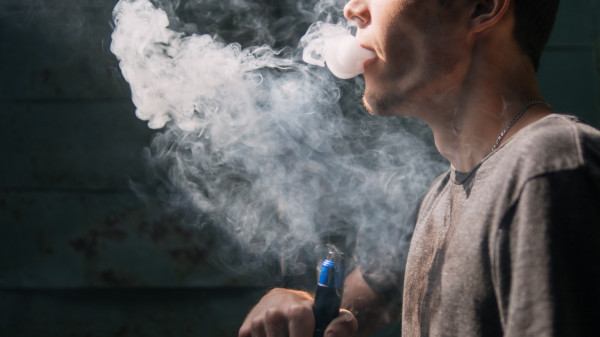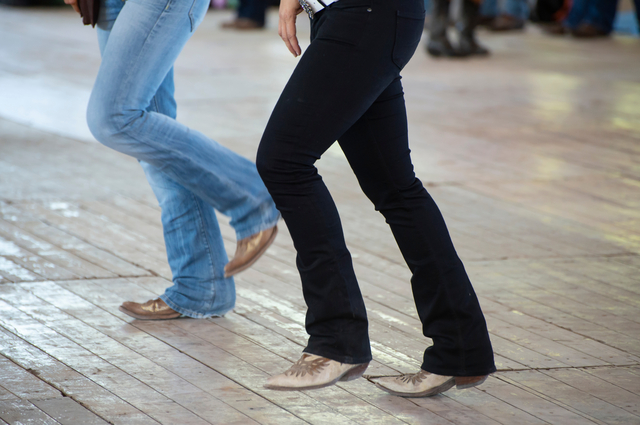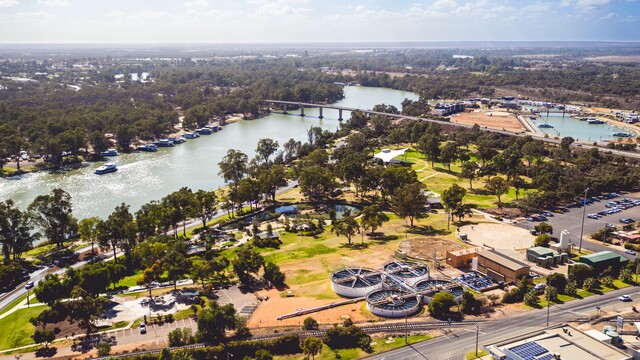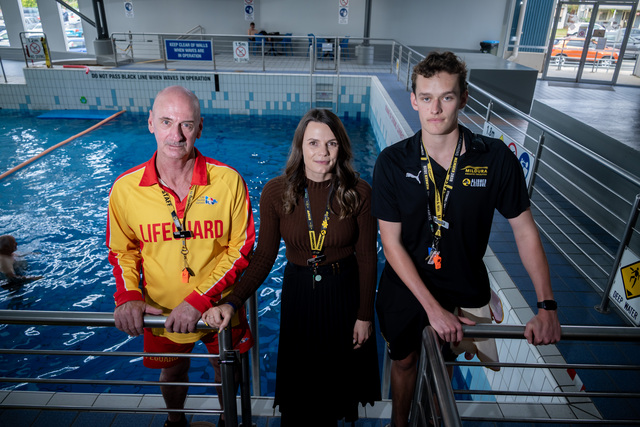IN the early years of the Tour de France, cyclists would light up a cigarette before engaging on tough mountain climbs.
The belief was that the smoke would open up their lungs and enhance their performance.
But health advice has shifted somewhat since the early 1900s.
Smoking rates in Australia have declined from 24 per cent in 1991 to 11 per cent in 2019, due largely to measures such as restricting sales and where people can smoke, putting up prices, introducing plain packaging, and improving education and access to treatment programs.
The culture has shifted, too.
Smokers these days are a very considerate lot. They sneak off quietly in the background, out of sight and smell.
In contrast, though, vapers have no such issue in puffing away in public.
We sat next to a group of teenagers at a local footy grand final recently who passed e-cigarettes around to each other from first bounce to last.
It wasn’t offensive, for it doesn’t smell, but it did concern me that literally everyone of these kids was doing it.
Research released this month by Quit and VicHealth revealed some of the tactics behind the vaping industry’s use of social media to promote and sell products to young teens.
There is now a deluge of pro-vaping content online, with more than 18.1 billion posts using the hashtag #vape on TikTok.
Social media accounts appearing to post non-commercial vape content were in some cases found to take users straight to an online vape store.
VicHealth chief executive Dr Sandro Demaio said the “undeniable goal” of the vaping industry was to drive e-cigarette sales and hook young people on nicotine.
“The vaping industry and pro-vaping influencers are flooding social media channels with content that suggests to young people that vaping is funny, cool, sexy and glamorous,” Dr Demaio said.
Earlier this month, NSW Premier Chris Minns called for a national ban on retailers selling vapes to curb easy access to illicit products containing nicotine.
The state government committed $6.8 million over three years for enforcement of vaping restrictions and services to help young people quit using the products.
Mr Minns said more inspectors checking for outlaw vape-sellers would help but a national approach was needed as states waited for planned border controls to be introduced.
Under existing Australian laws, vaping products containing nicotine can only be bought and sold with a prescription but non-nicotine products are available over the counter.
Many of those products have also been found to contain nicotine and other harmful chemicals.
“If it’s on every street corner, it’s very easy for young people to get access to e-cigarettes that have high concentrations of nicotine,” Mr Minns said.
“If it was banned across the country, in other words you couldn’t sell e-cigarettes in a retail setting, it would be a lot easier for us to have a compliance regime across the state.”
Evidence has shown vaping is a gateway to smoking in young people, with e-cigarette users three times more likely to progress to traditional cigarettes, according to health officials.
But is it as damaging as it is being made out?
A recent article in The Conversation said while vaping was not risk-free, several detailed reviews of the evidence estimated it was at least 95 per cent safer to vape nicotine than to smoke tobacco.
The risk of cancer from vaping, it claimed, had been estimated at less than one per cent.
Current available statistics also show very few teens vape regularly, the article said.
The federal government in May announced $234 million for tougher regulation, including stricter import and packaging controls.
The measures, which are yet to be introduced, include banning the import of non-prescription vapes for retail settings, and of single-use products.
Federal Health Minister Mark Butler said he aimed to have the ban in place before the end of the year as part of comprehensive measures supported by all states and territories.
“All governments … are agreed on a plan, on a mission to get rid of these things that are changing the lives of our children for the worse, making school communities deeply worried,” he said.
Vape detection devices are also being installed in thousands of schools across the country.
While the long-term health impacts of vaping are still being debated, my guess is it doesn’t help just before a bike ride.








